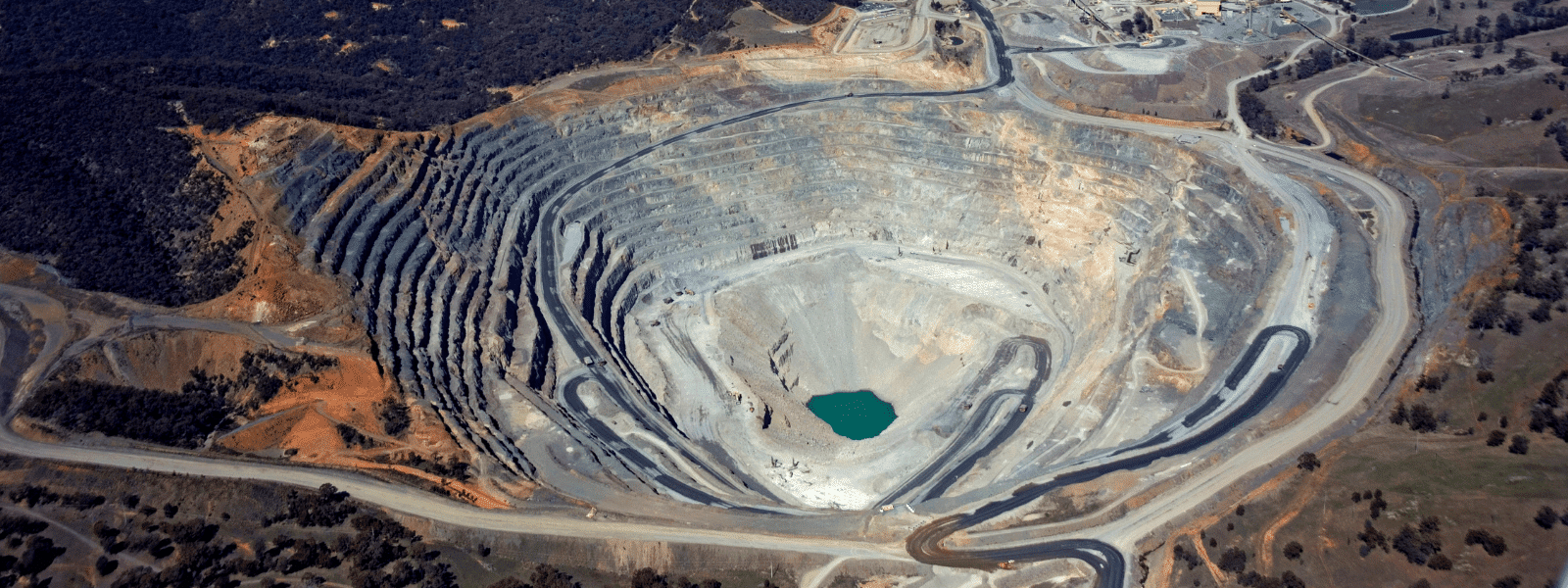Lithium is an essential resource used in the manufacturing of rechargeable and non-rechargeable batteries. Found in everything from smartphones to pacemakers, modern technology relies on lithium to keep our devices charged and working.
While rechargeable batteries may seem like an eco-friendly idea, there is a high environmental cost associated with lithium batteries. The environmental impact of lithium mining is quite negative and contributes to harmful emissions in the atmosphere, water pollution, and more.
In this blog post, we’re going to take a closer look at how lithium is mined and why it’s harmful to the environment.
What Is Lithium Mining?
There are a couple of different ways that Lithium is mined from the Earth. For example, Australia is the leading lithium supplier in the world, and mines this element from ore mining. Other leading suppliers on a global scale such as Chile, extract this material from salars, or underground lakes/pools.
No matter how the lithium is extracted, it is sold to manufacturers who use the element to make batteries. These batteries end up in popular technology such as:
- Computers
- Mobile phones
- Digital cameras
- Electric vehicles
- Calculators
- Hearing aids
- & more
While mining may provide job opportunities for locals, the negative environmental impacts these mines have on the surrounding areas often outweigh any pros.
Reasons Why Lithium Mining Is Bad for the Environment
- Releases Harmful Emissions
When mining for this element, excess amounts of carbon dioxide are released into the environment and contribute to greenhouse gases.
- Pollutes Water Sources
Nearby streams, rivers, lakes, and other water sources often become polluted with chemicals used to complete the extraction process, harming all living organisms that rely on that water source in one way or another.
- Produces Large-Scale Mining Waste
Mining for this element is not sustainable and leaves behind harmful chemical byproducts that can take generations to go away, but not before depleting fertile land.
- Wastes Millions of Gallons of Water
Approximately 500,000 gallons of water are used to extract one ton of Li. This water is rarely if ever reused, and decreases the amount of water available to local agriculture farms.
Interested in Switching to Eco-Friendly Chemicals?
Ecolink is proud to provide companies with greener alternatives to harsh chemicals. Our products are responsibly sourced and manufactured with the environment and our customer’s satisfaction in mind.
Want to know how your company can benefit from switching to eco-friendly chemicals?
Reach out to us today to learn more!















